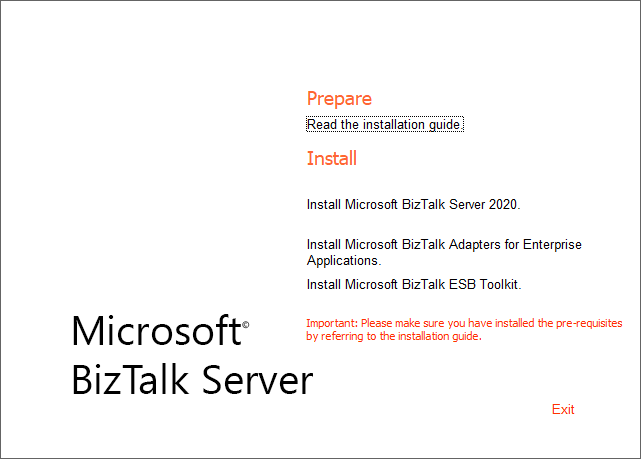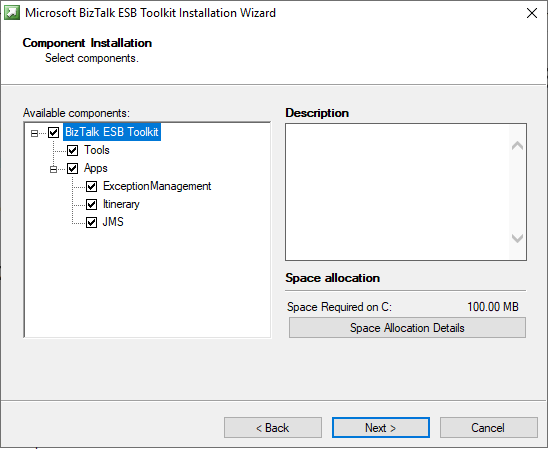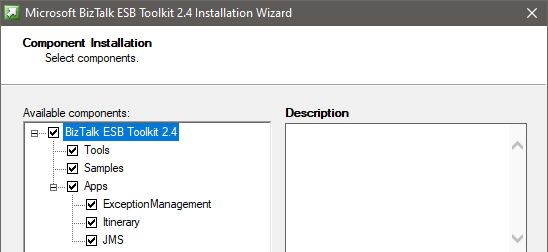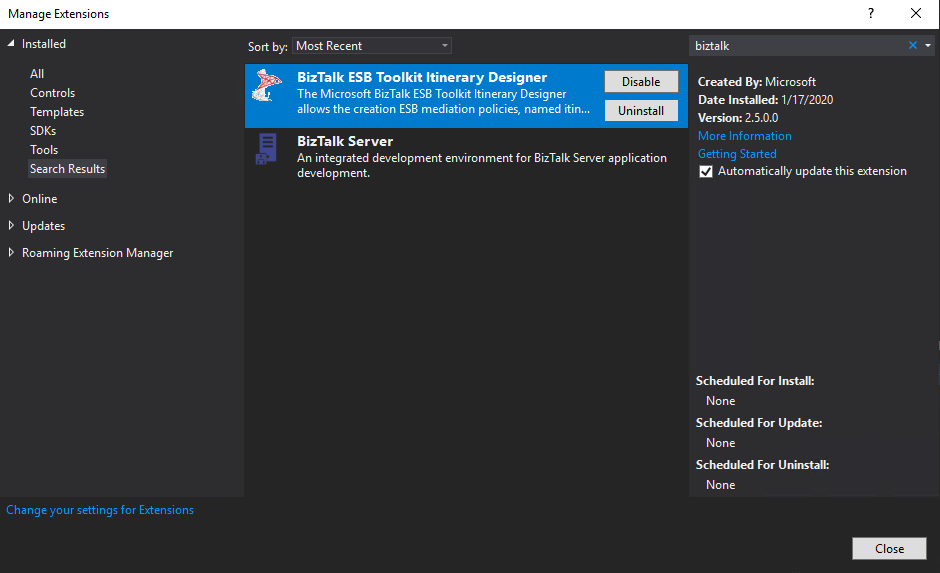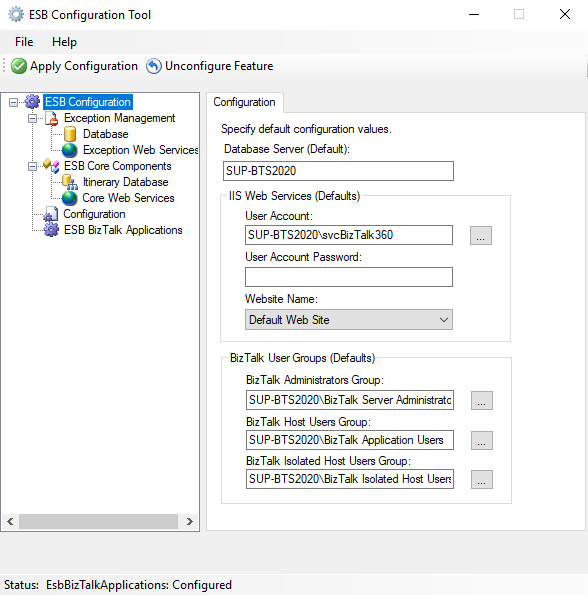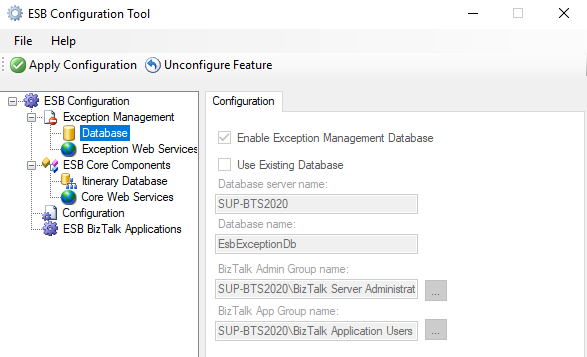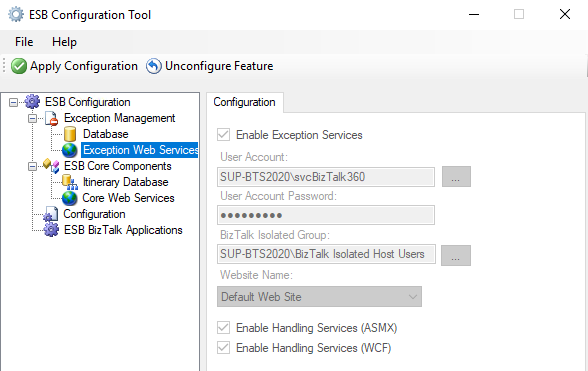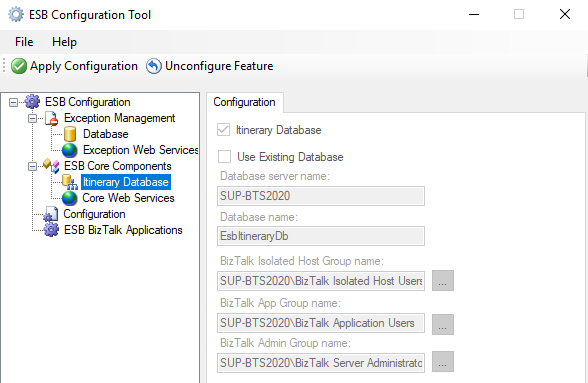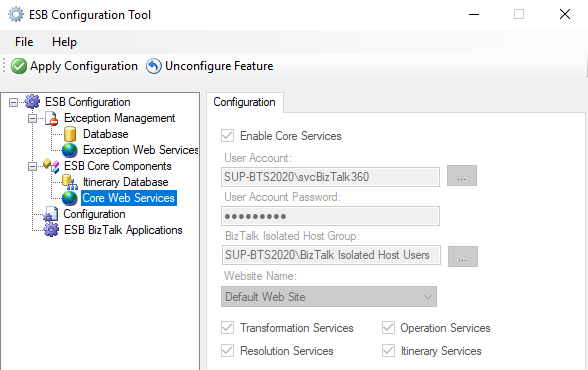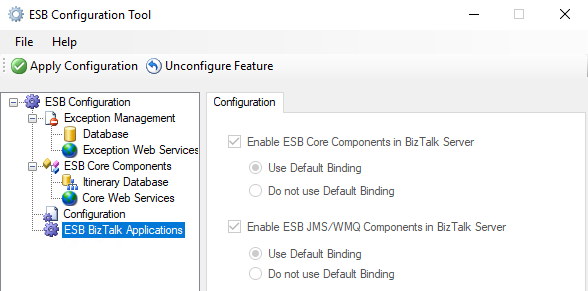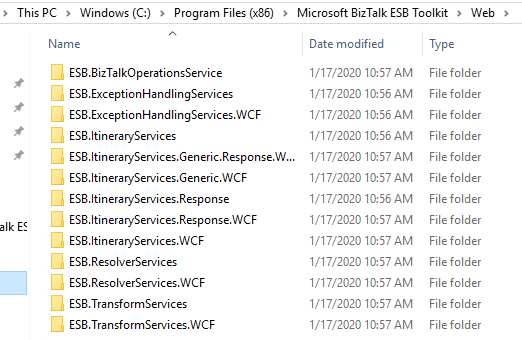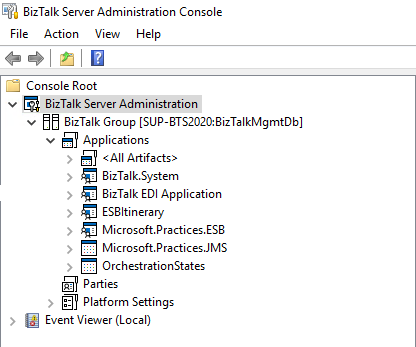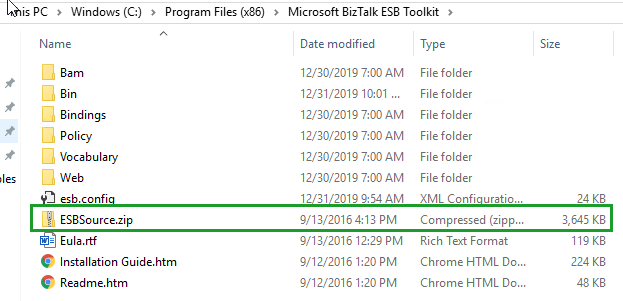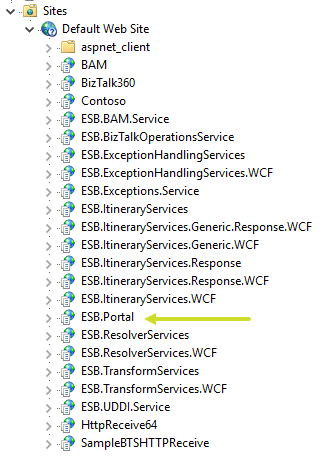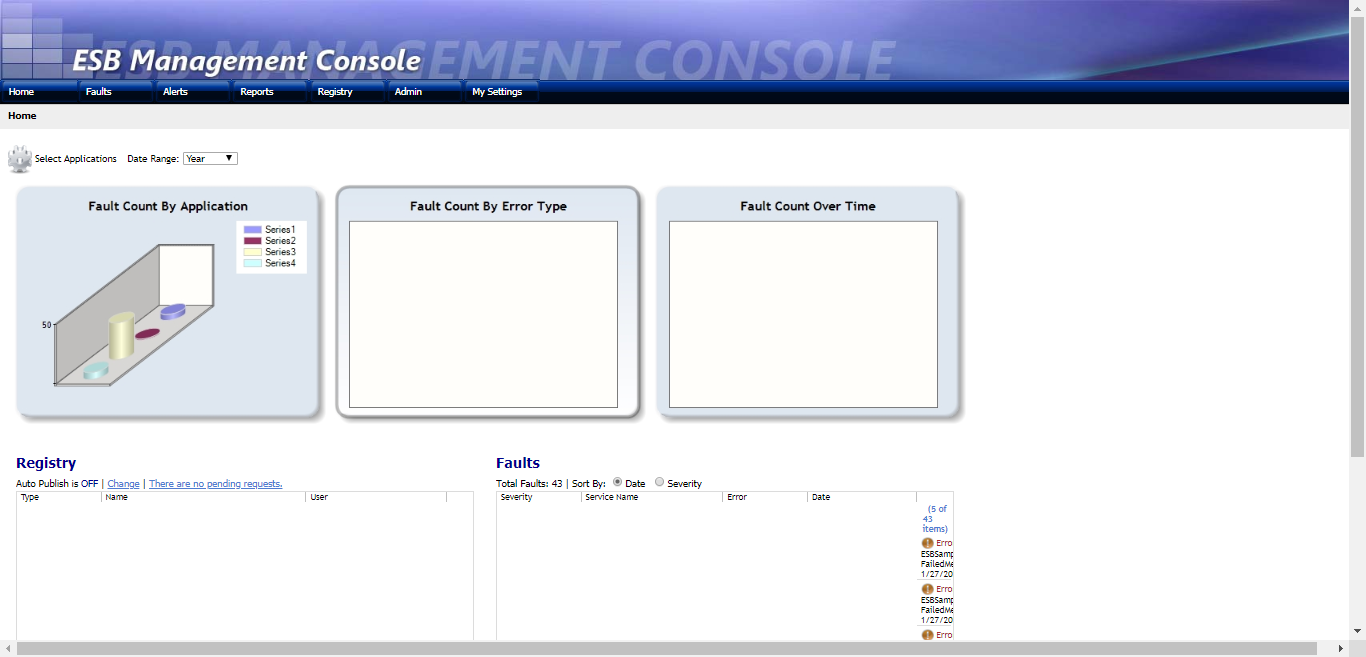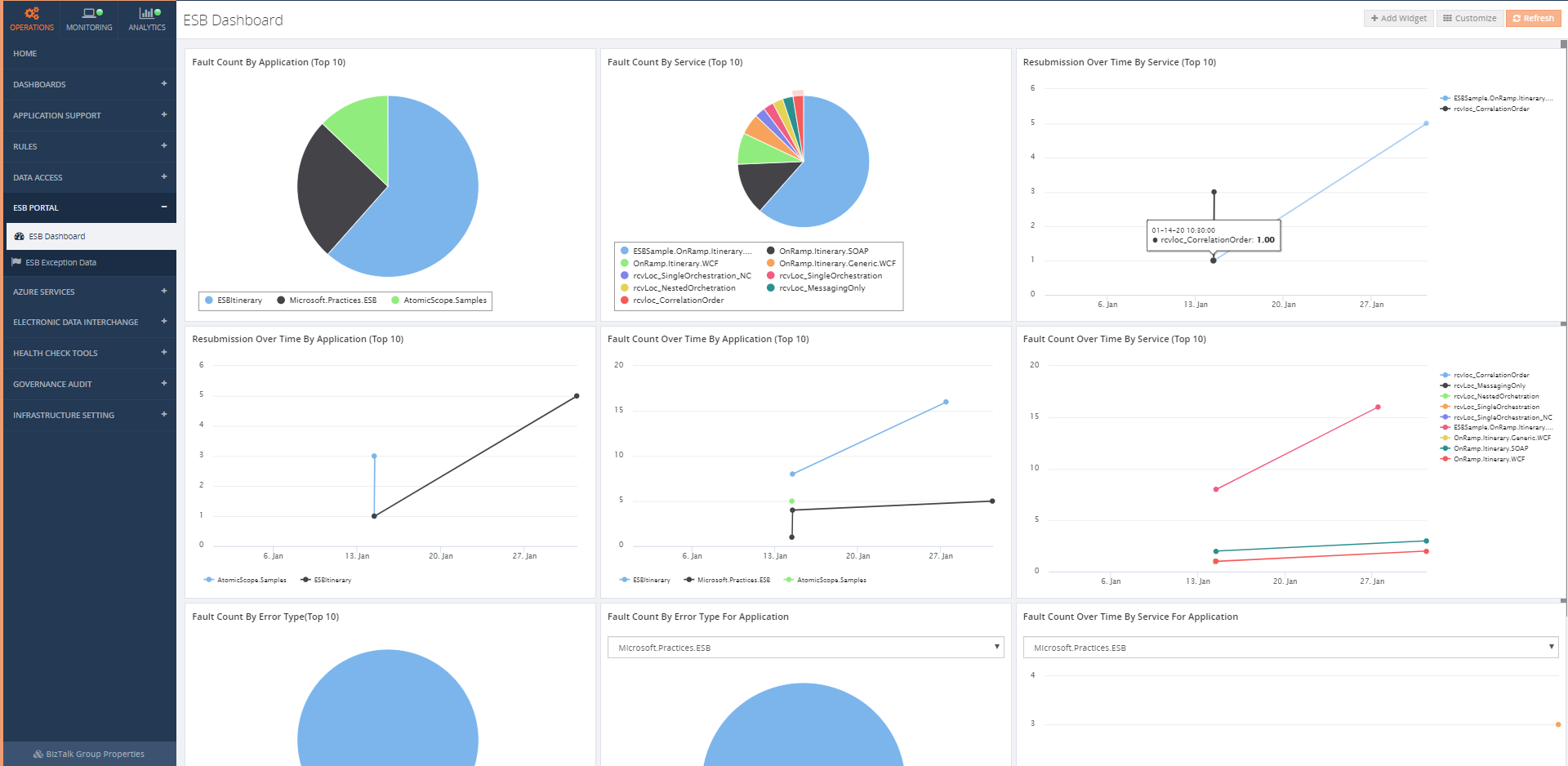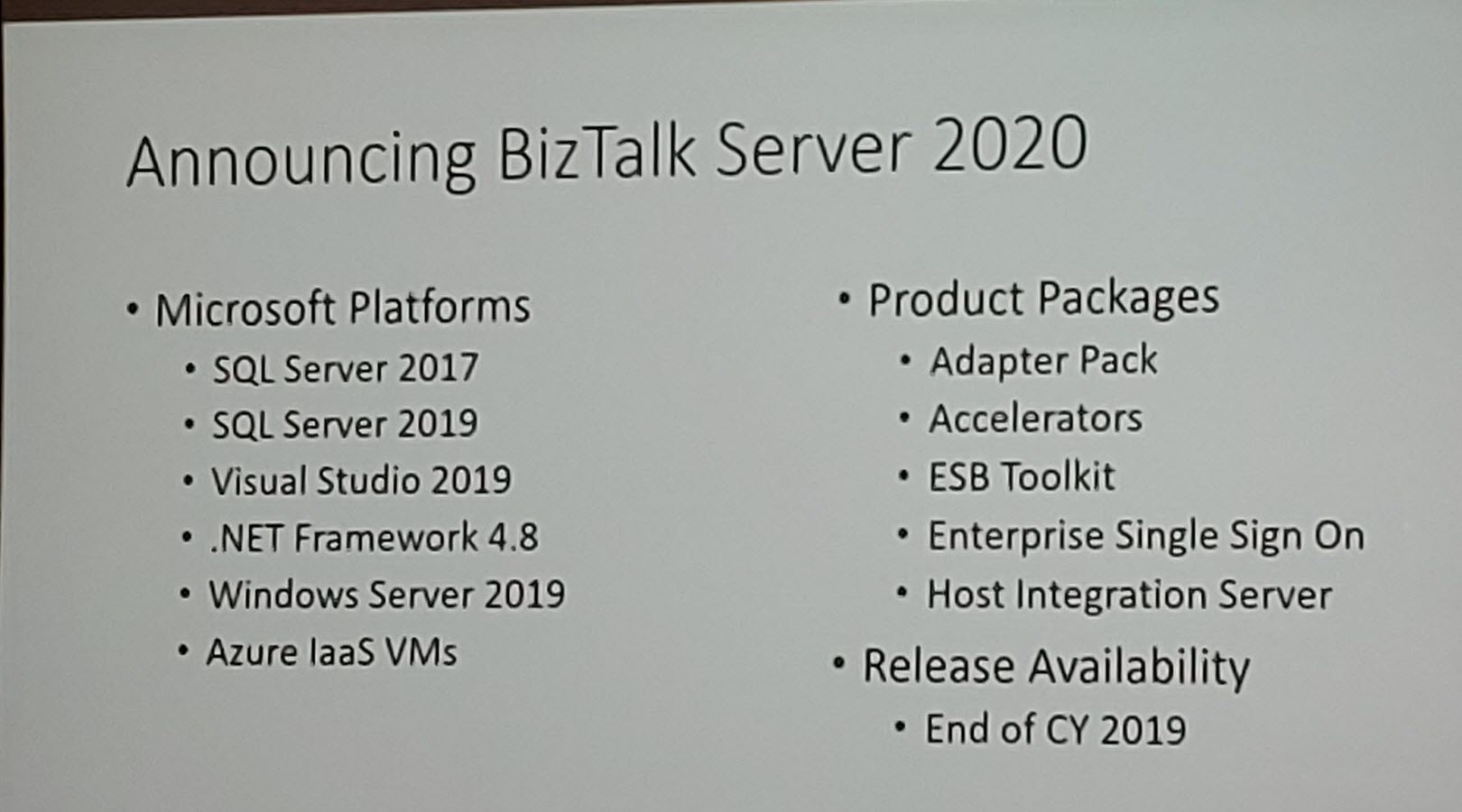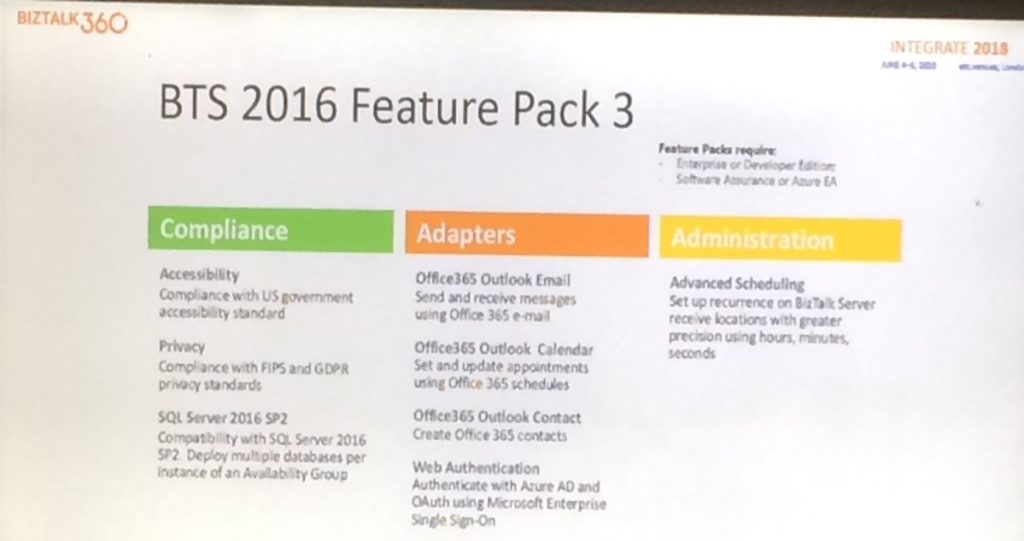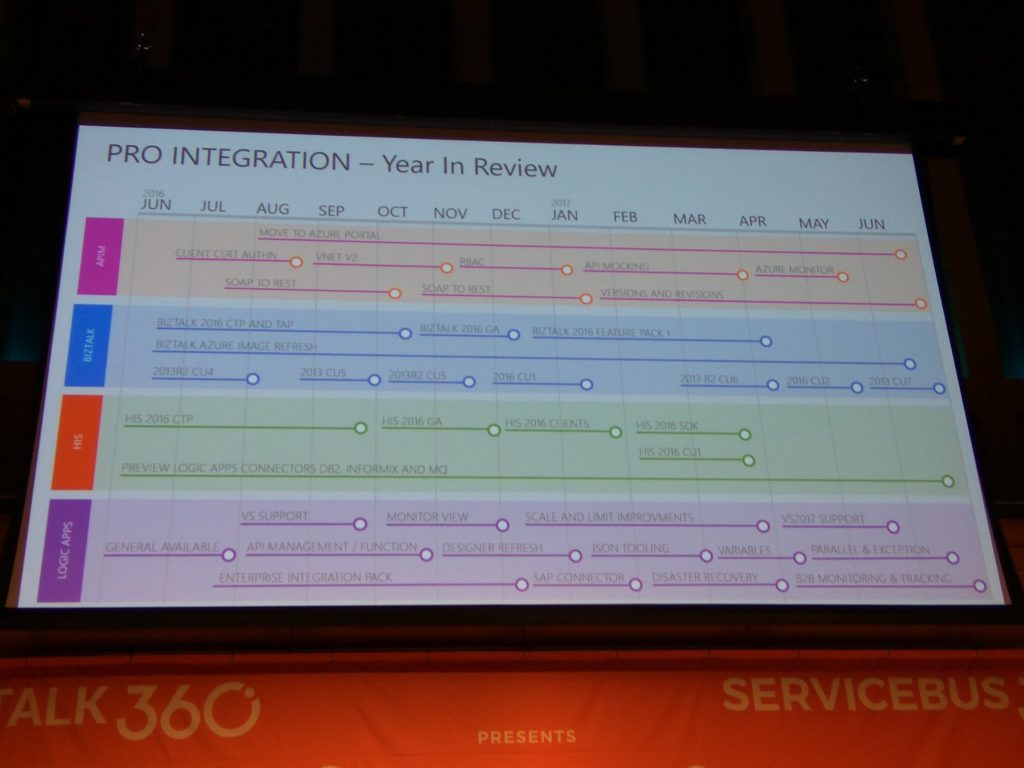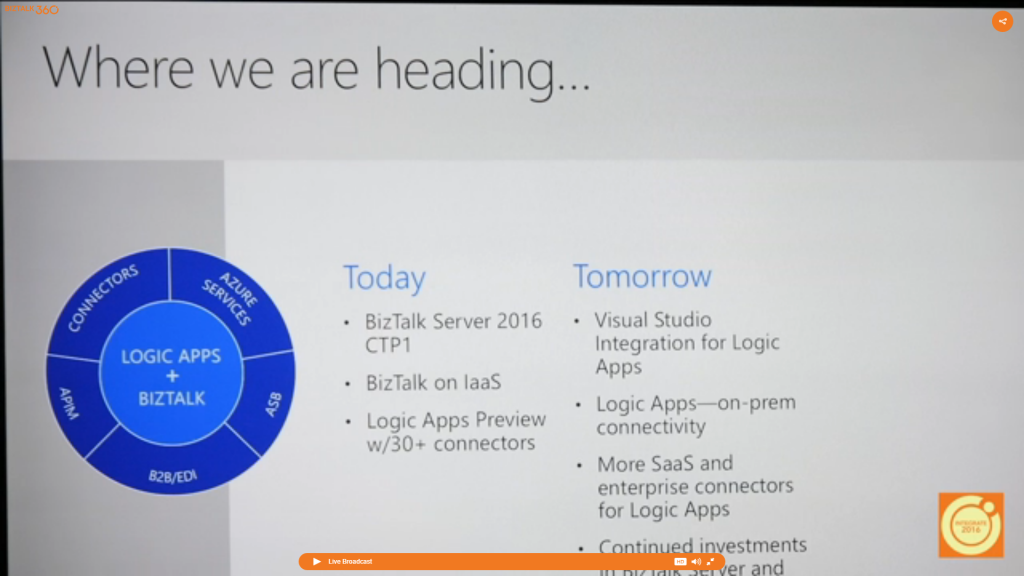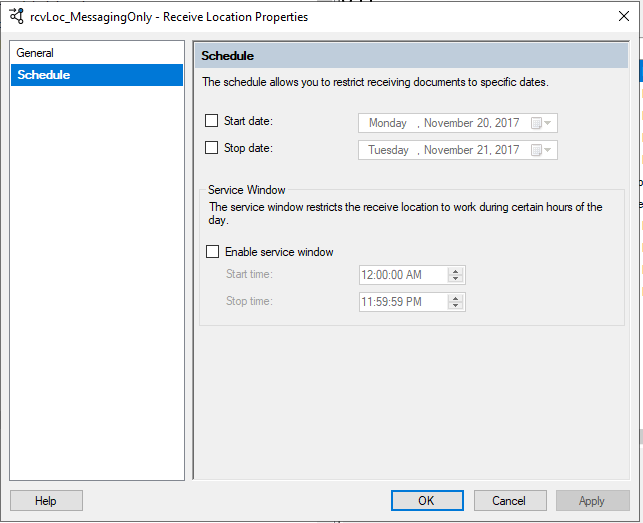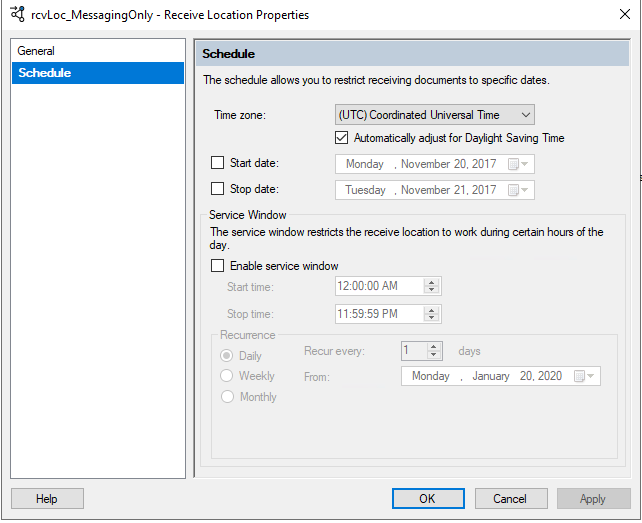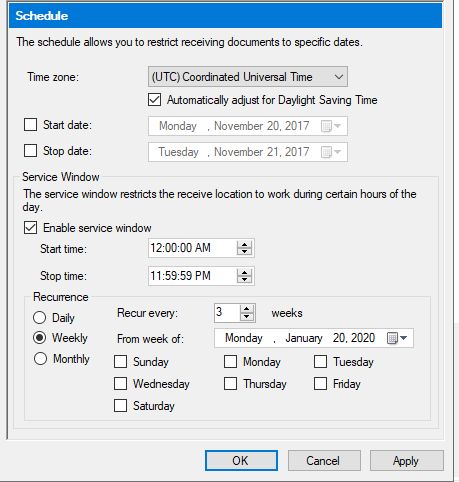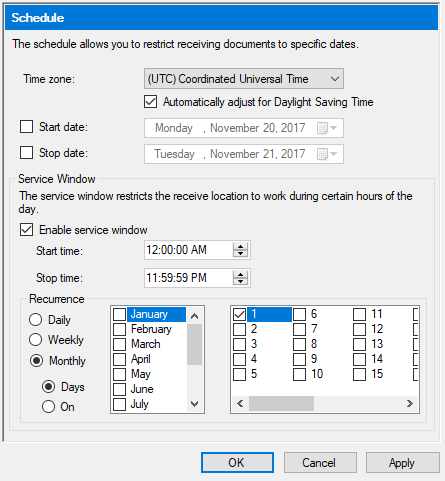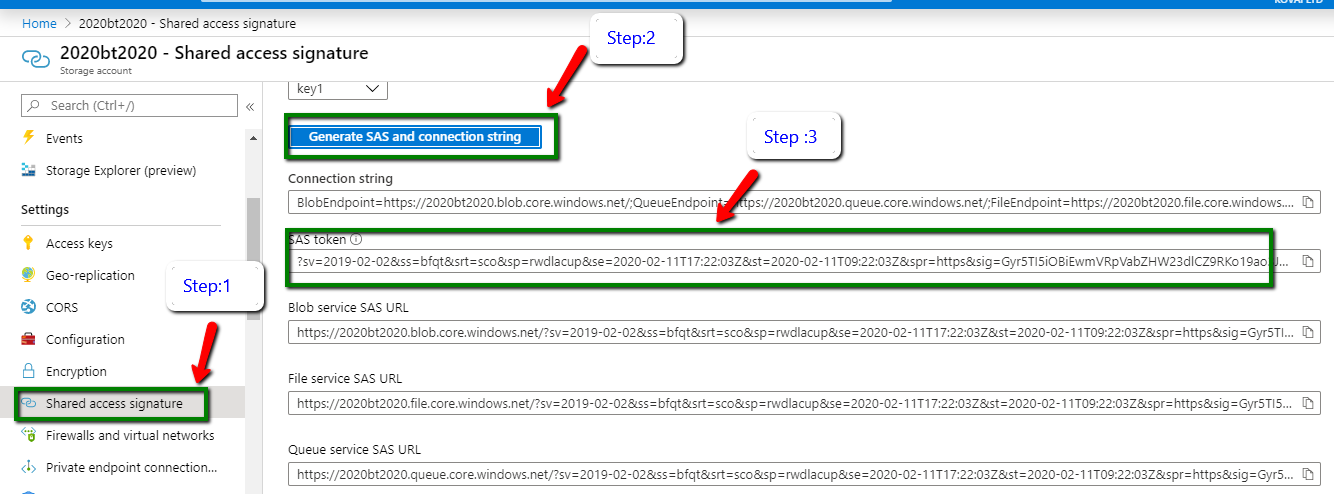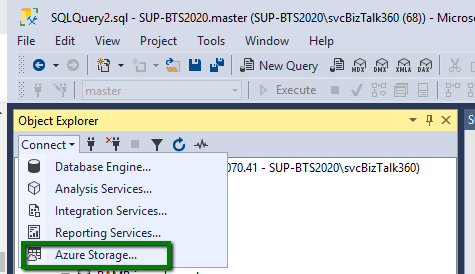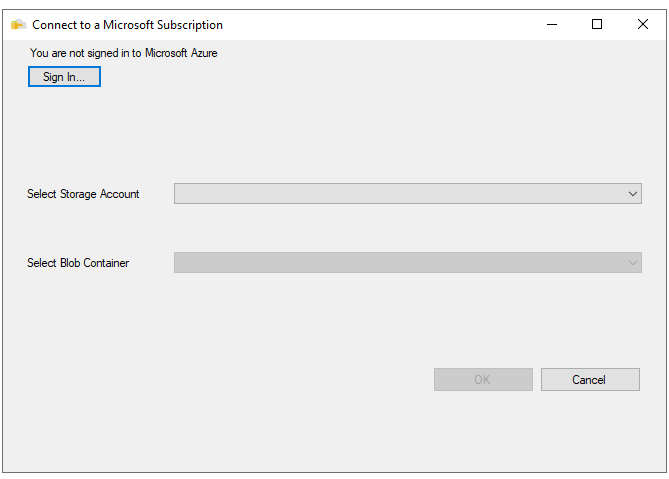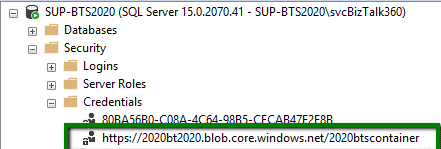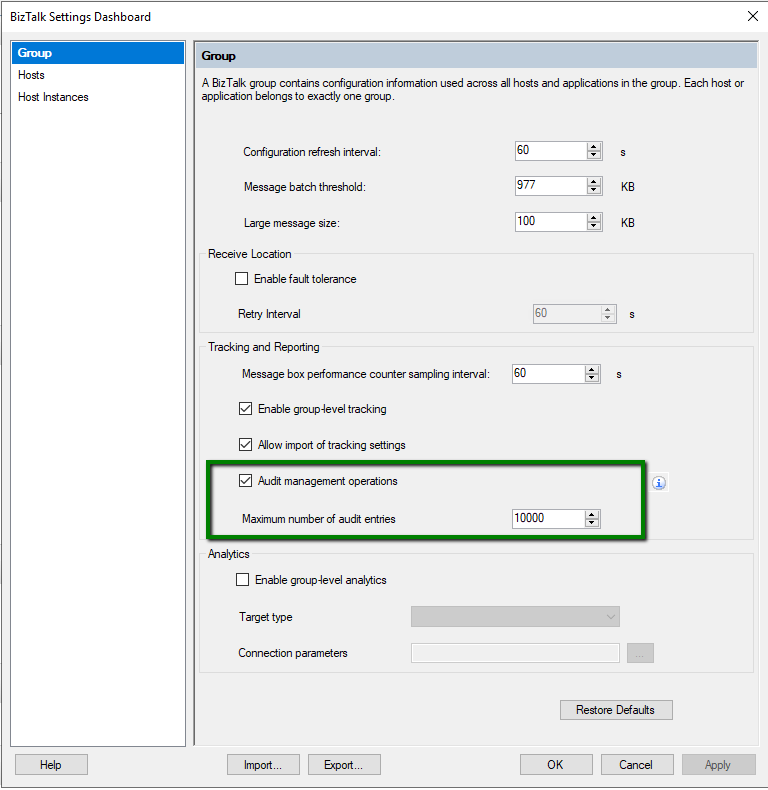It was only 9 days ago that I released the latest minor version of this package, on that time the goal was to update the Security and Governance stencils to please my dear friend Nino Crudele. It was then that I notice that Microsoft did again a completely redesigned on several of the symbols and of course add new services so I decided that this was the time to not only refresh the package with the new icons but also but so extra work.
What’s new in this version?
With the growing number of stencils in this package, it was becoming hard to easily find or look for the right shape/representation. So once again based on some feedback I received from the community I decide to do so rearranging. I still have many things to do in this project in terms of organization but for now, these are the changes on this major release:
- New shapes: The main additions are all the new shapes on the Azure Portal. New shapes added on:
- MIS Azure Stencils: containing all the main Azure Portal Services
- MIS AI and Machine Learning Stencils: all shapes related to AI or Machine Learning scenarios;
- MIS IoT Devices Stencils: all shapes related to IoT scenarios:
- Microsoft Integration Stencils;
- MIS Azure Others Stencils: containing Azure Postal Services, features of the services and other interesting shapes;
- MIS Azure Additional or Support Stencils: other shapes that may be interesting in supporting Azure diagrams and designs or presentations;
- MIS Azure Stencils: Complete update to this category with many new shapes added and many shapes moved to MIS Azure Others Stencils file;
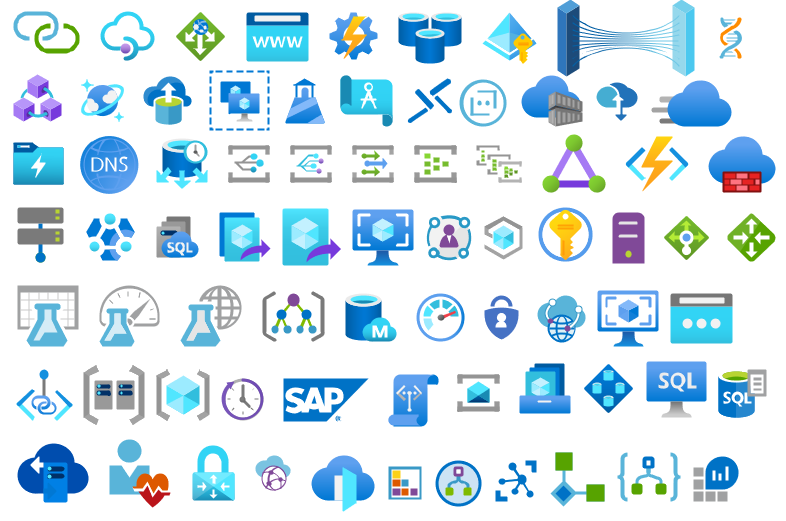
- MIS AI and Machine Learning Stencils: Complete update to this category with many new shapes added and updating many others to there current stencils;
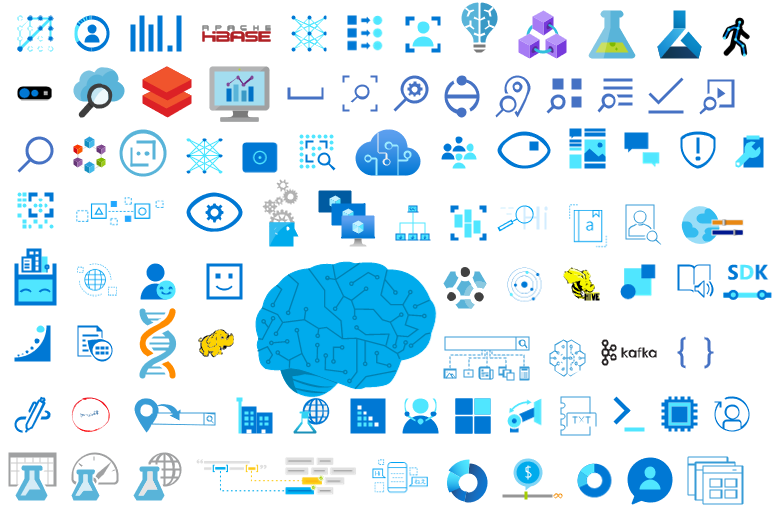
- Add categories:
- Microsoft Integration Stencils Old Version Stencils: containing all the oldest versions of stencils (obsolete, deprecated or replaced by a new shape)
- Ordered by name: I recently started to sort shapes in alphabetical order. These are the categories already sorted:
- MIS Azure Stencils;
- MIS Azure Others Stencils;
- MIS AI and Machine Learning Stencils;
- Microsoft Integration Stencils Old Version Stencils;
- MIS Security and Governance;
- Text Annotations: This is a requested feature and I already started to work on it but it will get some time to finish it. For now, you will see text annotations on:
- MIS AI and Machine Learning Stencils

- SVG Files: Add new SVG files, and uniform the name of the files;
Microsoft Integration, Azure, Power Platform, Office 365 and much more Stencils Pack
Microsoft Integration, Azure, Power Platform, Office 365 and much more Stencils Pack it’s a Visio package that contains fully resizable Visio shapes (symbols/icons) that will help you to visually represent On-premise, Cloud or Hybrid Integration and Enterprise architectures scenarios (BizTalk Server, API Management, Logic Apps, Service Bus, Event Hub…), solutions diagrams and features or systems that use Microsoft Azure and related cloud and on-premises technologies in Visio 2016/2013:
- BizTalk Server
- Microsoft Azure
- Integration
- Integration Service Environments (ISE)
- Logic Apps and Azure App Service in general (API Apps, Web Apps, and Mobile Apps)
- Azure API Management
- Messaging: Event Hubs, Event Grid, Service Bus, …
- Azure IoT and Docker
- AI, Machine Learning, Stream Analytics, Data Factory, Data Pipelines
- SQL Server, DocumentDB, CosmosDB, MySQL, …
- and so on
- Integration
- Microsoft Power Platform
- Microsoft Flow
- PowerApps
- Power BI
- Office365, SharePoint,…
- DevOps and PowerShell
- Security and Governance
- And much more…
- … and now non-related Microsoft technologies like:
- SAP Stencils

The Microsoft Integration Stencils Pack is composed of 28 files:
- Microsoft Integration Stencils
- MIS Azure Stencils
- MIS Additional or Support Stencils
- MIS AI and Machine Learning Stencils
- MIS Apps and Systems Logo Stencils
- MIS Azure Additional or Support Stencils
- MIS Azure Mono Color
- MIS Azure Old Versions
- MIS Azure Others Stencils
- MIS Buildings Stencils
- MIS Databases and Analytics Stencils
- MIS Deprecated Stencils
- MIS Developer Stencils
- MIS Devices Stencils
- MIS Files Stencils
- MIS Generic Stencils
- MIS Infrastructure Stencils
- MIS Integration Fun
- MIS Integration Patterns Stencils
- MIS IoT Devices Stencils
- MIS Office365
- MIS Power BI Stencils
- MIS PowerApps and Flows Stencils
- MIS SAP Stencils
- MIS Security and Governance
- MIS Servers (HEX) Stencils
- MIS Users and Roles Stencils
- Microsoft Integration Stencils Old Version Stencils
That you can use and resize without losing quality, in particular, the new shapes.
Download
You can download Microsoft Integration, Azure, BAPI, Office 365 and much more Stencils Pack for Visio from: Microsoft Integration, Azure, Power Platform, Office 365 and much more Stencils Pack for Visio
Microsoft Integration, Azure, Power Platform, Office 365 and much more Stencils Pack for Visio
GitHub
or from :
You can download Microsoft Integration Stencils Pack for Visio 2016/2013 from:
 Microsoft Integration Stencils Pack for Visio 2016/2013 (10,1 MB)
Microsoft Integration Stencils Pack for Visio 2016/2013 (10,1 MB)
Microsoft | TechNet Gallery
The post Microsoft Integration and Azure Stencils Pack for Visio: New major version available (v6.0.0) appeared first on SANDRO PEREIRA BIZTALK BLOG.
The post Microsoft Integration and Azure Stencils Pack for Visio: New major version available (v6.0.0) appeared first on BizTalkGurus.


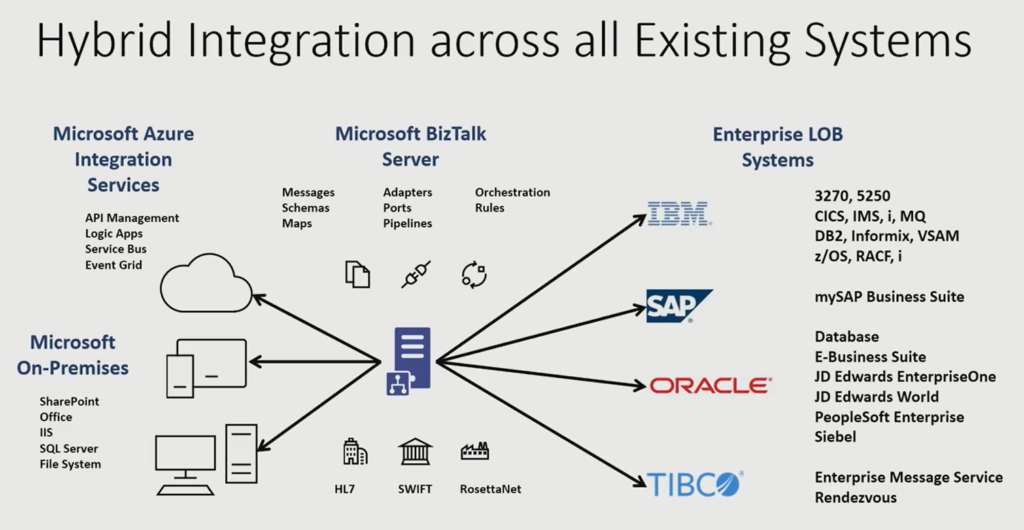















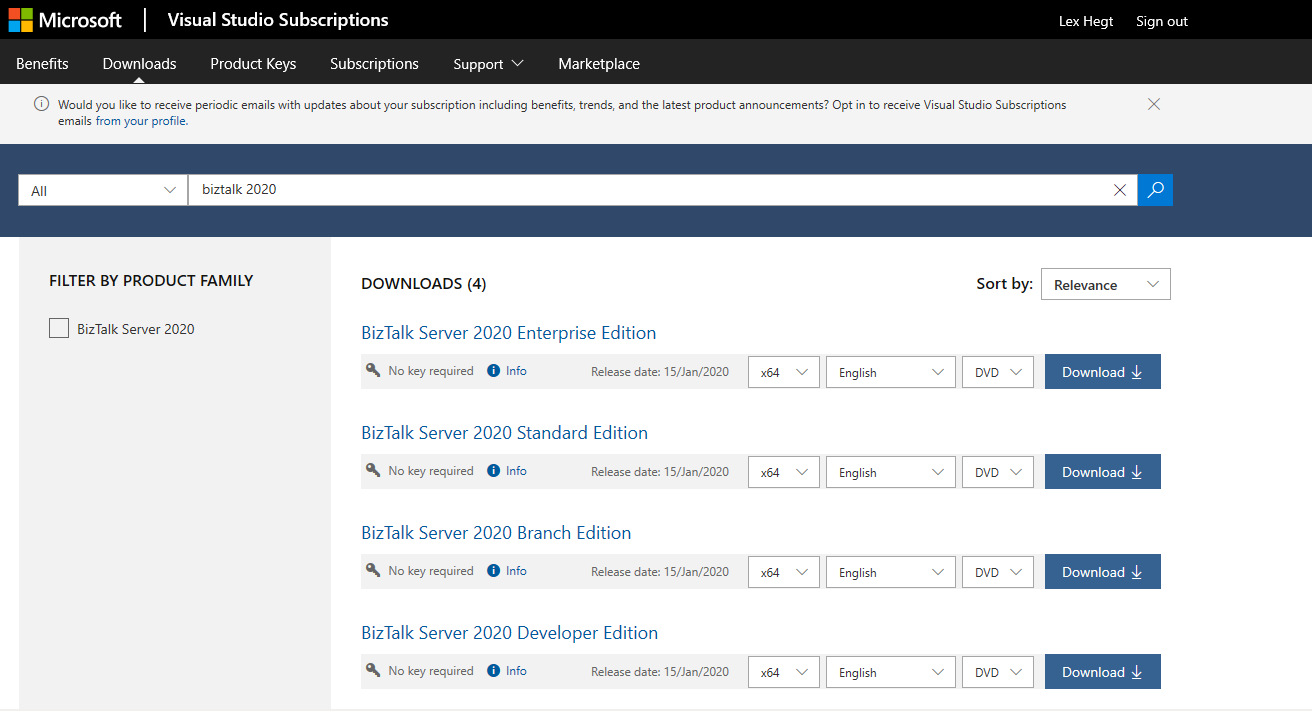
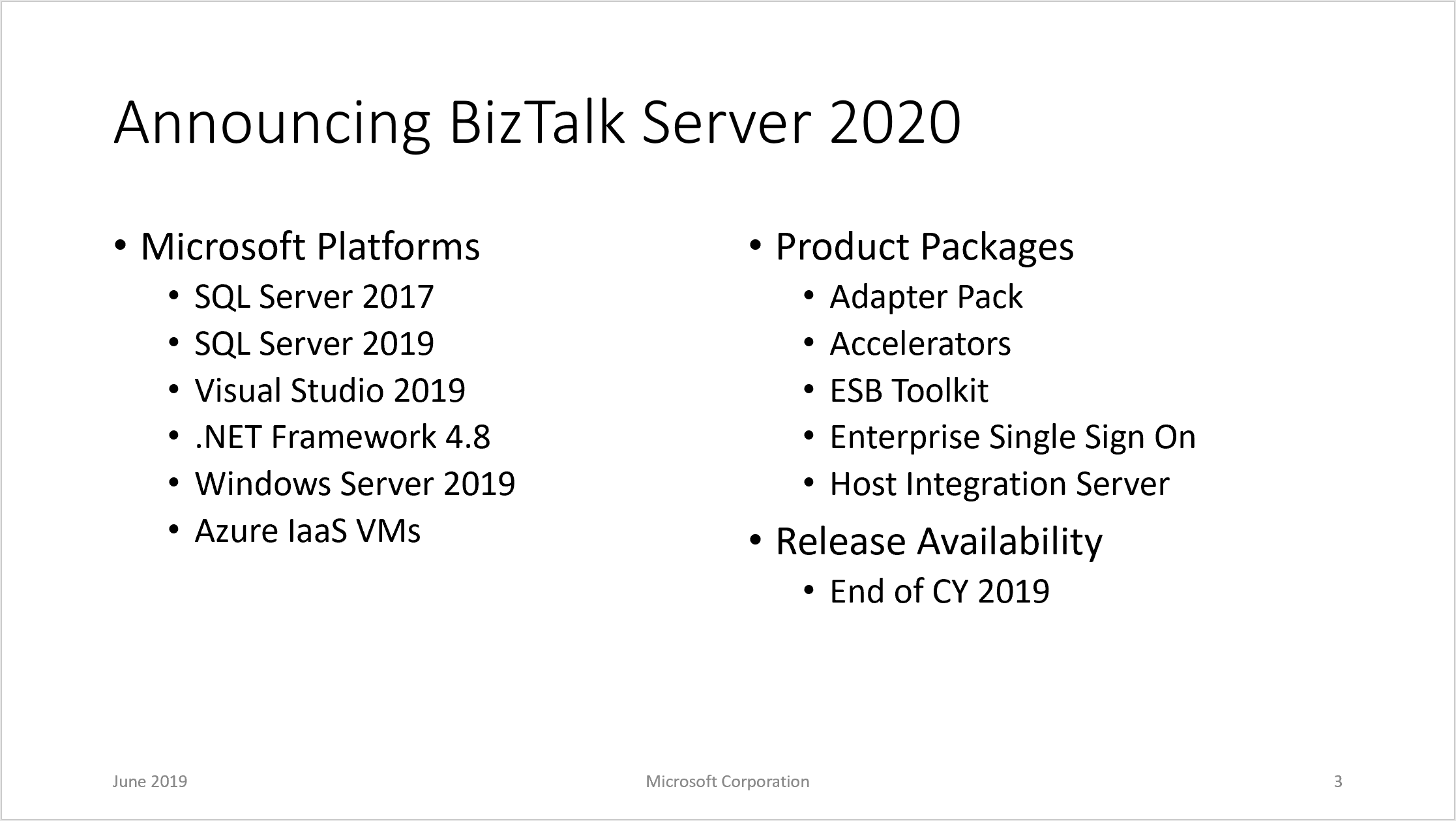
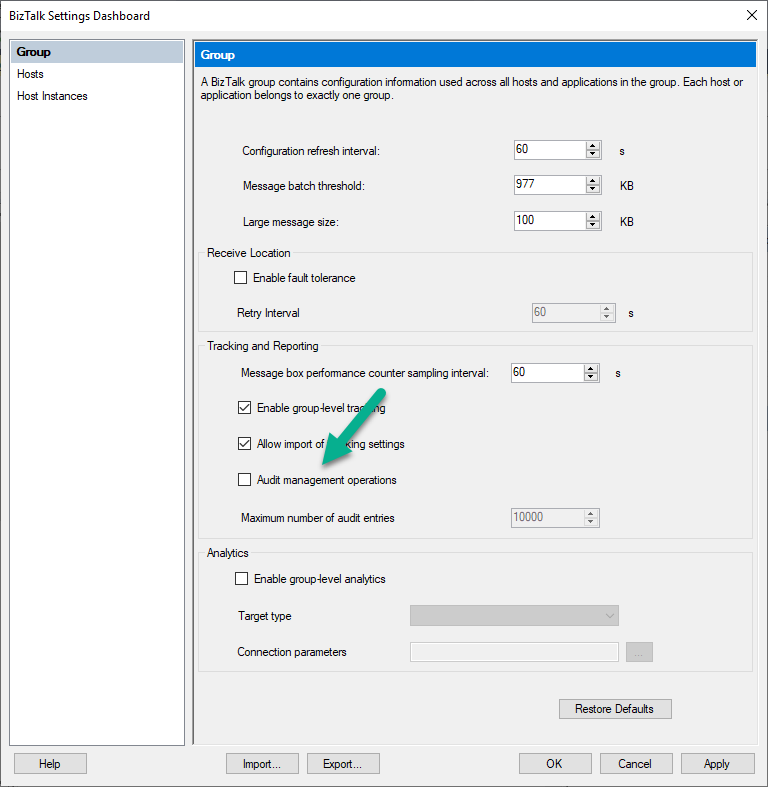















 #msbts but then
#msbts but then 

